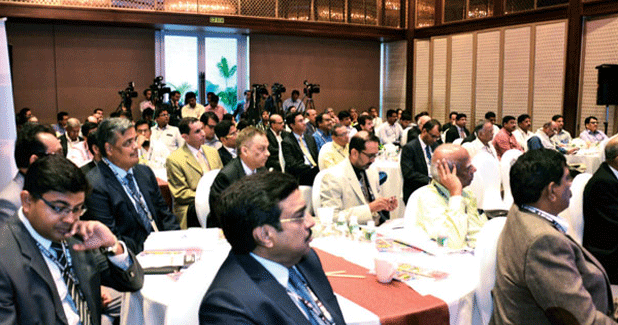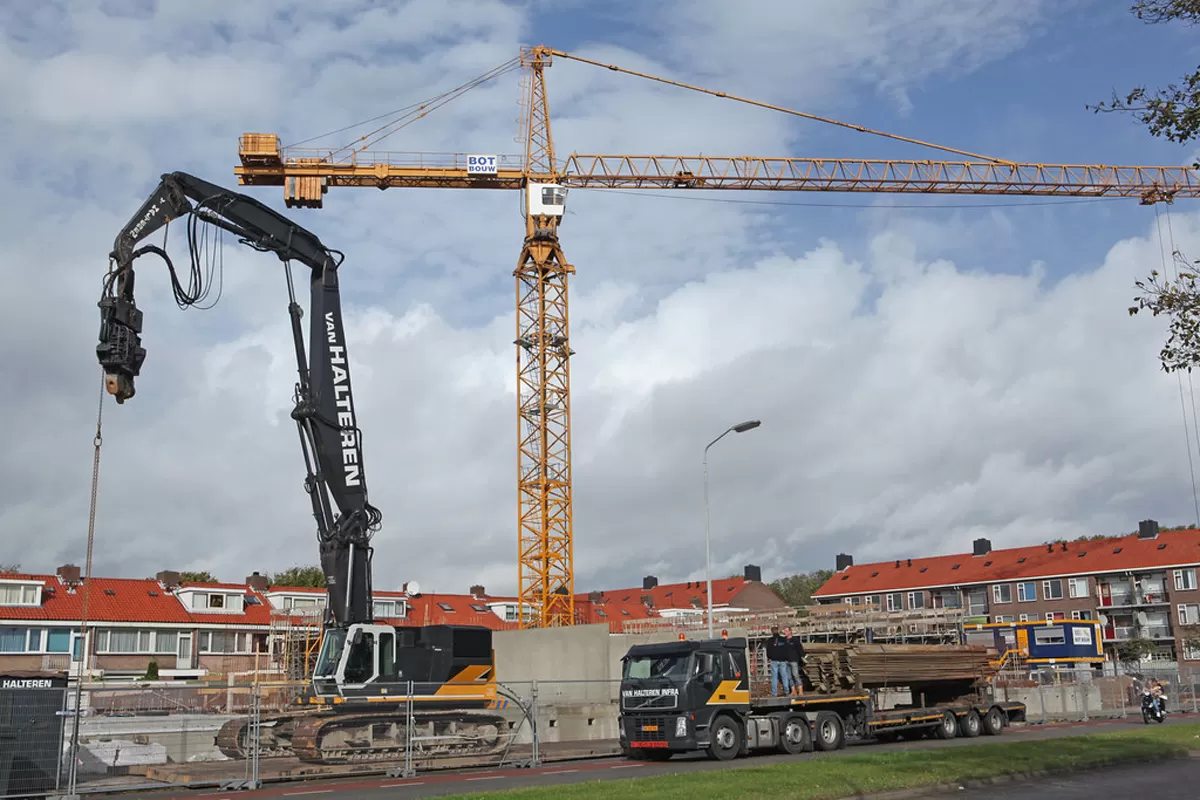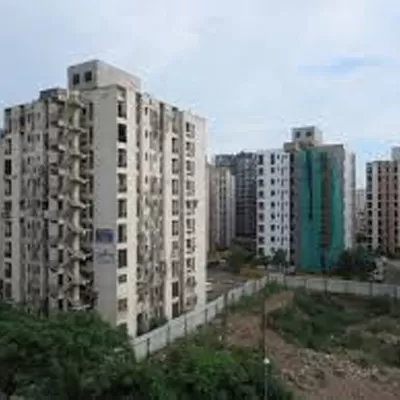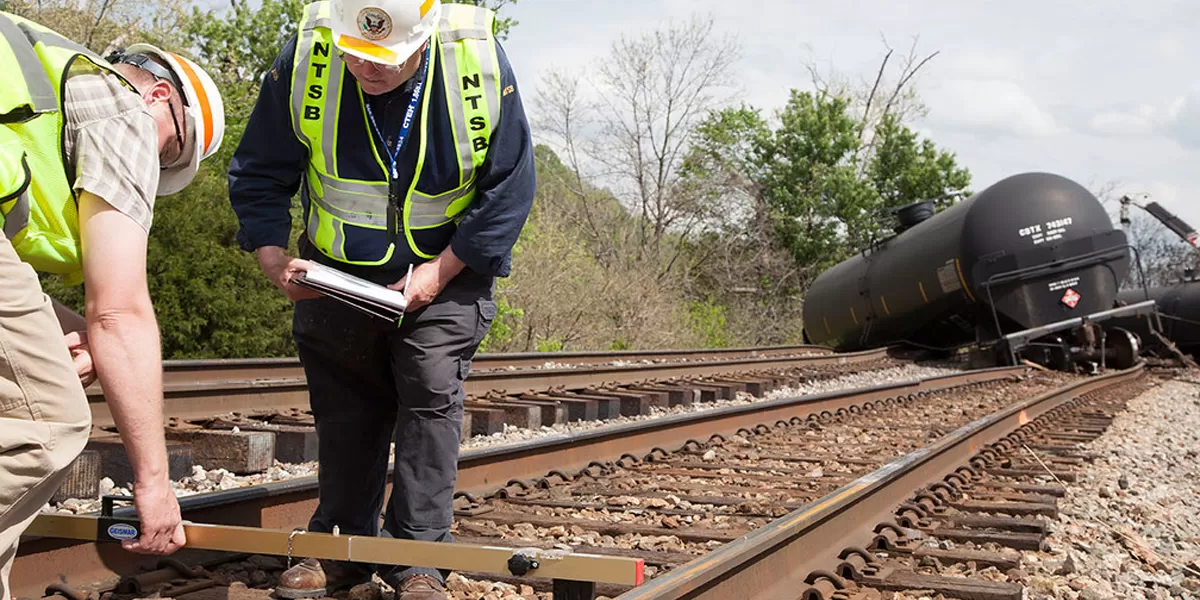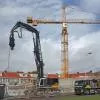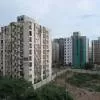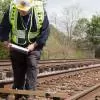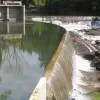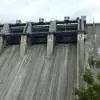The event aimed to promote the use of steel in buildings, urban infrastructure and transport.
Date: June 26, 2015
Venue: Hotel Four Seasons, Mumbai
Organised by: ASAPP Media Information Group
Powered by: JSW Steel
In 2007-08, the Indian steel industry entered into a new stage of development, riding high on the resurgent economy and rising demand for steel. Today, rapid rise in production has resulted in India becoming the fourth largest producer of crude steel. According to the Ministry of Steel, Government of India, at the time of its release, the National Steel Policy 2005 envisaged steel production reaching 110 million tonne by 2019-20. However, after assessing current ongoing projects - greenfield and brownfield - the Working Group on Steel for the Twelfth Five-Year Plan has projected that domestic crude steel capacity in the county will be around 140 million tonne by 2016-17, with the potential to reach 149 million tonne if all requirements are adequately met.
In this scenario, with the intent to promote the use of steel in buildings, urban infrastructure and transport, Make in Steel 2015 - a conference organised by ASAPP Media Information Group and powered by JSW Steel - was held on June 26, 2015, in Mumbai. Bolstered by the support of the Institute for Steel Development and Growth and participation of the Indian Steel Association, the event witnessed a keynote address by Sajjan Jindal, Chairman & Managing Director, JSW Steel, along with the presence of chief guest Anant Geete, Union Minister for Heavy Industries, Government of India, and guest of honour Subhash Desai, Minister-Industries, Government of Maharashtra.
Setting the perfect tone to kick-start the event, Jindal raised the important point of levelling the playing field for Indian steel makers. He pointed to the fact that around 50 per cent of the imports come from Foreign Trade Association (FTA) countries, calling this unfair to India´s young domestic industry. ¨As an Indian steel maker, we have to compete with the FTA countries, which have zero debt burdens, he said. ¨So, this is not an equal level of competition.
Stepping onto the podium next, Geete hinted at the Government´s plan to increase import duty on steel in a bid to protect local producers from surging imports from countries such as China and Russia. Citing the example of BHEL, which procures steel from Korea, Japan and China, he assured the industry that his ministry would primarily focus on promoting procurement of steel from the domestic market. As for the Indian steel players, he added that they should match international standards in terms of pricing. For his part, Desai spoke of policy changes in Maharashtra. He said that within eight months of the government coming to power, approval counts have been reduced to 37. On a closing note, he reiterated the government´s promise to reduce permissions for the industry from 75 to 25 under the ´Make in Maharashtra´ policy.
Ending on a note of hope, the grand event, peopled by industry stalwarts, was a tremendous success.
SESSION 1: STEEL STRUCTURES FOR CONSTRUCTION AND URBAN DEVELOPMENT
International case study: Dr Derek Randall, Managing Director, JSW Severfield
Moderator: Kavan Mukhtayar, Senior Partner, Frost & Sullivan
Speakers: Prasad Marepalli, Vice President-Structural Design, Lodha Group; Sanjay Pattiwar, Additional Commissioner, Navi Mumbai Municipal Corporation; Kamal Hadker, Managing Director, Sterling Engineering; Prasad Sawant, Senior Manager -Technical Sales & Marketing, JSW Severfield
SESSION 2: STEELING INDIA: INFRASTRUCTURE, A DEMAND DRIVER
Case study:´Steel in Bridges´by Nirav Mody, Principal Consultant, Spectrum Techno Consultants
Moderator: Sushim Banerjee, Director-General, INSDAG
Speakers: Ravindra Goel, Chief Engineer, Central Railways; Umakant Mahapatra, Project Head, Louis Berger; Umesh Rajeshirke, Managing Director, Spectrum Techno Consultants
SESSION 3: CHANGING LANDSCAPE OF INDIAN TRANSPORT
Case study: ´Use of Steel in Railways´ by Hemant Vadalkar, Consulting Engineer, Vadalkar & Associates
Moderator: Sushim Banerjee, Director General, Institute for Steel Development and Growth (INSDAG)
Speakers: R Ramana, Executive Director-Urban Development, MMRDA; Hemant Vadalkar, Consulting Engineer, Vadalkar & Associates
